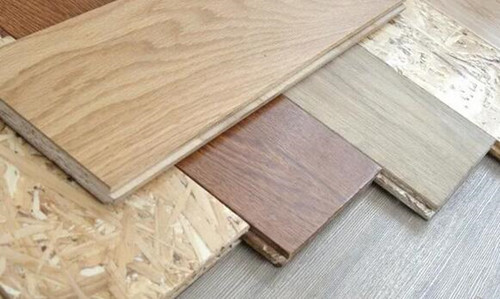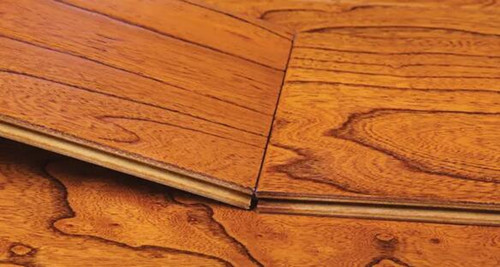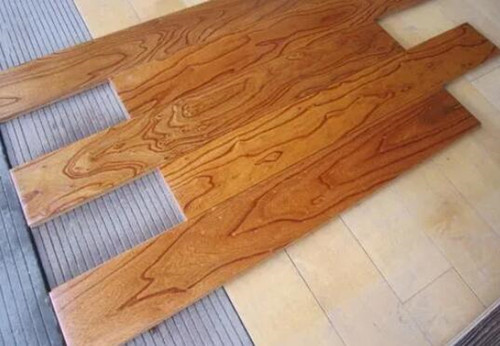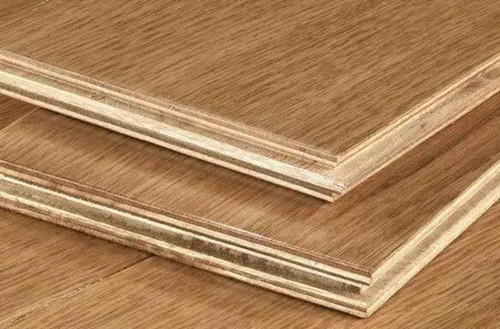Choosing flooring is an important part of home decoration, playing a decisive role in the overall style and comfort of a household. However, with a wide variety of flooring types and brands available on the market, it can be overwhelming to make a choice. Here are some tips on how to select flooring.
How to Choose Flooring
1.Choose Flooring Materials
Flooring materials are mainly divided into solid wood flooring, engineered flooring, laminate flooring, and solid wood composite flooring. Solid wood flooring is the most traditional material, featuring a natural texture and grain, but it tends to be more expensive and easily affected by moisture and deformation. Engineered flooring is made from wood fiber boards treated with glue, featuring a thin layer of wood veneer on the surface. It is relatively cheaper than solid wood flooring but does not offer the same quality. Laminate flooring is made of high-density fiberboards and back-pressed paper, which provides strong wear resistance and temperature resistance, but it may feel inferior compared to solid wood and engineered flooring. Solid wood composite flooring combines the advantages of solid wood and engineered flooring, offering a mid-range price and is quite popular in the market. When selecting flooring, you can choose the right material based on your needs and budget.

2.Choose the Style of Flooring
The style of flooring is an important element in home decor, reflecting the personality of the owner and the overall style of the home. Today, a variety of flooring styles are available on the market, from traditional wood textures and colors to options like stone-grain, wood-grain, glossy, and matte finishes. The natural color and texture of solid wood flooring can create a warm and inviting atmosphere; stone- and wood-grain flooring can achieve a similar effect but are more durable and easier to clean. When choosing flooring, consider your home decor style and personal preferences to select the appropriate style.

3.Choose the Durability of Flooring
Flooring is a long-term home decoration item, so durability is a crucial factor to consider when purchasing. Solid wood flooring is relatively fragile due to its natural materials, making it susceptible to moisture and deformation, and it is not suitable for damp environments. Engineered flooring, laminate flooring, and solid wood composite flooring have a waterproof layer on the surface, making them more durable and moisture-resistant, suitable for areas such as kitchens and bathrooms. In addition to moisture resistance, the scratch resistance and wear resistance of flooring should also be considered when making a purchase. You can opt for flooring that features a scratch-resistant layer to enhance its durability.

4.Choose a Budget for Flooring
The price of flooring varies based on brand, material, and style, so it’s essential to choose according to your budget. Solid wood flooring tends to be more expensive due to its raw materials and production processes, while engineered flooring, laminate flooring, and solid wood composite flooring are comparatively more affordable and can meet various needs. When selecting flooring, it’s advisable to determine your budget first and then choose suitable brands and types within that range.

In summary, selecting flooring involves a comprehensive consideration of multiple factors, including material, style, durability, and budget. By understanding the characteristics and suitable scenarios of different flooring materials, you can opt for a type that suits your needs; select a flooring style based on your home decor and personal taste; consider durability and scratch resistance; and choose appropriate brands and types according to your budget. With careful selection, you can enhance your home’s comfort and aesthetic appeal through your flooring choice.



